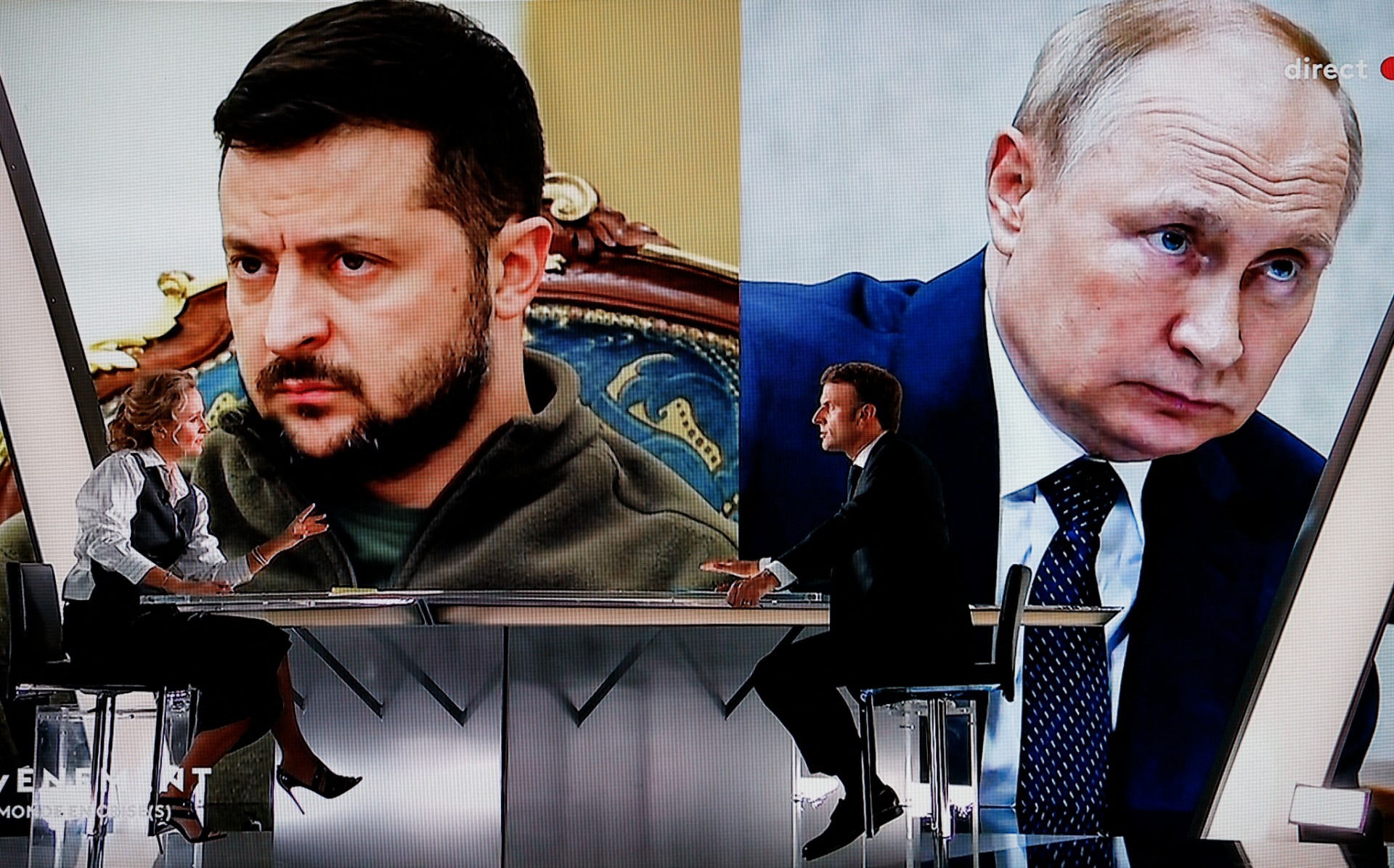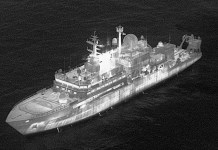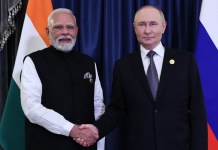The war between Ukraine and Russia is a horror. It is a daily tragedy on both sides. Missiles rip through cities. Families are torn apart. Millions have fled their homes. The fighting must stop. Everyone agrees on this.
But how will peace be brokered? Was a seat at NATO worth so many million lives lost? That is a real question.
Peace talks are happening behind the scenes. Big powers are trying to broker a deal. They want the bloodshed to end quickly. Yet, many experts worry about this swift end. They fear a “bad peace.” A bad peace does not last. It just presses the pause button. It creates a vacuum. This vacuum can suck in future conflict.
We must look closely at any proposal. We must see if it brings true stability. Or if it is simply a seed for the third, greater war. The stakes are everything.
The Scale Of The Disaster
To understand the peace, we must understand the war. This is not a small border skirmish. It is a conflict of massive scale, for one man’s quest for a seat at NATO.
The Human Cost
The loss of life is staggering. Tens of thousands of soldiers are dead. Many thousands of civilians are also gone. Cities like Mariupol are ruins.
Infrastructure is destroyed. Hospitals are gone. Schools are bombed out. Mental and emotional scars will last generations. Children are growing up knowing only war. Ending this suffering is the most important goal.
The Economic Shockwave
The war is expensive. It is devastating Russia’s and Ukraine’s economy.
But the impact is global. Fuel prices shot up. Food costs soared worldwide. Ukraine is a major grain producer. Its ports were blocked. European nations suffered food insecurity, especially the middle and working classes, who felt the pinch.
A peace deal must restore economic stability. It must allow trade to flow freely again.
A Challenge To World Order
This war is about more than just land. It is about principles. It challenges international law. It asks: Can a powerful people simply push an entire nation for their greed and power?
Can borders be changed by force? Can people within the borders treated differently? The answer given in the peace deal will affect every nation. It will set a precedent for future conflicts everywhere. More like peace treaties of West Phalia.
Understanding The Reported Peace Blueprint
Recent reports have detailed a potential draft peace plan. This plan comes from high-level discussions. It attempts to find a middle ground. Yet, the terms are perceived as extremely harsh for Ukraine.
1. The Territorial Demand
This is the toughest part. Russia demands recognition of its gains.
Crimea: Ukraine must formally accept that Russia owns Crimea. This seizure happened in 2014. Ukraine has always refused this demand. The people of Crimea were never consulted on what they wanted.
Eastern Regions: Russia demands all of the Donbas region. This includes Luhansk and Donetsk. They also want other southern territories. These include parts of Zaporizhzhia and Kherson. Again, people here were treated differently by the current Ukrainian polity, leading to resentment.
Frozen Frontlines: The rest of the front would simply stop. The deal would freeze the line of control. This means Russia keeps all the land it currently occupies. This is a massive territory loss for Ukraine. It is a non-starter for Kyiv. This is why, current peace deal could fuel future conflict.
2. The Military Restrictions
Russia demands that Ukraine curtail its military to safeguard Crimea and Donbas. They want a neutralized state.
Troop Limits: Ukraine must cut its military size. The reduction must be immediate. Some proposals suggest cutting the army by half. This would leave them extremely small.
Weapon Bans: Ukraine would agree to abandon advanced Western weapons. No long-range missiles would be allowed. This limits their offensive capability.
NATO Promise: Ukraine must give up its dream of joining NATO. They must promise neutrality forever. Foreign troops cannot be based there. This closes the door on Western military protection.
3. The Security Counter-Offer
What does Ukraine get in return? The deal offers security guarantees.
US Guarantee: The US would provide some security promise. This is meant to deter Russia. The exact nature is always vague. It is not the same as a NATO Article 5 guarantee. It is not an automatic defense commitment. However, it could follow the Japanese model.
Frozen Assets for Rebuilding: Over $100 billion in Russian assets are frozen globally. The deal suggests using this money for Ukrainian reconstruction. This is a crucial incentive. It provides a source of massive recovery funds. This can rebuild Ukraine better than before.
Sanctions Review: International sanctions on Russia would be reviewed. They would be potentially lifted over time. This restores global trade flow. This would hugely reduce European energy prices, meaning warmer winters.

The Importance: Why This Deal Matters Now
This potential deal is not just ink on paper. It is a moment of truth. It determines the future shape of Europe.
The Moral Imperative
The moral case is simple: Stop the killing on both sides. Every day the war continues, lives are lost. Every deal, even a flawed one, promises relief. The humanitarian urgency outweighs many other concerns. This is a powerful driving force for peace.
Geopolitical Stability
The conflict has destabilized Europe. Nations are rearming quickly. Tensions between Russia and NATO and within NATO are at historic highs. A formal agreement can cool things down.
It can reduce the chance of miscalculation. It can lower the constant risk of direct NATO involvement. This reduces the risk of nuclear escalation. This global stability is incredibly important.
The Rule of Law
A successful, stable peace deal would reaffirm the law. It could show that diplomacy works. However, if the deal fails, it proves the opposite. It shows that aggression pays. The way this war ends will set global rules for decades to come. That is its ultimate significance.
The Great Debate: Peace or Pause?
The debate over the draft plan is intense. It boils down to one question. Does this deal solve the problem? Or does it just defer it?
The Case for Future Conflict: The Unacceptable Capitulation
Many experts see this deal as fatally flawed. They call it a recipe for war. It is not a peace settlement. It is an enforced pause.
1. The Precedent of Aggression
This is the biggest problem. The deal appears to reward the invader. Eerily similar to what Germany was forced to sign post WWI.
Russia keeps most of the occupied land, albeit as a demilitarised zone. This sends a terrifying signal. It tells every ambitious politician: Force works. It shows that territorial gain can be legitimized. This is a profound change from the Westphalian Nation State and international order.
2. The Security Vacuum
The deal appears to make Ukraine weaker. It bans NATO membership for Ukraine. It cuts the military drastically to safeguard Crimea and Donbas. The replacement security guarantees appear to be weak.
They are not a defense under the binding treaty rule. This creates a perfect vacuum for future involvement by NATO & EU. Russia will simply wait. They will wait for a favorable moment.
They will wait for Western attention to get involved. Then they will attack the moment the treaty is trampled, demilitarized Ukraine. It is an invitation to finish the job. A nation that is forced to reduce its armed forces strength could be attacked.
3. Ignoring the Root Cause
Russia’s goal is not just territory. It is control over Ukraine’s hegemony in Donbas and its claim on Crimea. A peace deal that imposes severe political limits fails to address the root problem of the people.
The core conflict is the Russians fighting the perceived wrong within Ukraine. A deal that feeds this ambition may not bring lasting peace. It just validates that the power play amongst politicians works. It makes future wars inevitable.
The Case For Enduring Peace: Necessary Compromise
Other observers argue that compromise is essential. They say this deal, while imperfect, is the best possible way out.
1. The Need to End the Bleeding
War is hell. Every day it continues is a disaster. If peace is possible now, even a bad peace, it saves lives. It is a pragmatic choice. A perfect peace is not available. The choice is between a painful compromise and endless war. The compromise is the moral winner in this scenario.
2. Institutionalizing the New Reality
The war is costly for Russia, too. The sanctions hurt them. The US security guarantee and the use of frozen assets are important. They bind the deal together. They make a future Russian attack more costly. The deal formalizes the new military reality. It prevents further land loss. This is a form of success. It prevents total defeat.
3. Deterrence Through Guarantees
The proposed US security guarantee is not NATO. But it is not nothing. It signals American commitment. It means the US will arm Ukraine again immediately if attacked.
The threat of rapid, overwhelming Western support can be a deterrent. It might be enough to stabilize the situation. It forces Russia to weigh the cost of a renewed war very carefully. A durable peace is painful. But it is still peace.
The Critical Dilemma
The challenge for any peace deal is simple. It must balance justice and security.
Justice for Ukraine and Donbas
Justice demands the restoration of full sovereignty. It means Russia and Ukraine must right their wrongs. It means the return of the people’s sovereignty.
A deal that ignores justice risks future conflict. People will not accept the loss of their land forever. Resentment will build up. This will fuel future resistance movements.
Security for All
Security requires guarantees that work. It means Ukraine and Donbas must be able to defend themselves. It means the world must have confidence. Confidence that the fighting is over for good. Security that relies on a permanently weakened victim is no security at all. It is a surrender document.
The Final Verdict
The current reported proposals may appear to be too heavily in favour of Russia. They demand too many military concessions, and neither side may be suited to lasting security. Such a deal would be a temporary truce. It would be a pause button.
This perceptional error would be a guarantee of the next war. This perception needs to be managed. A peace built on a wrong perception is not stability. It is a loss to both sides.
Perceived humiliation, especially towards Ukraine, breeds revenge. True, lasting peace must be built on perceived mutual security and respect for the law. Anything less is just a seed for a renewed tragedy.
The world must demand better dialogue by bringing people on board. The fighting must stop, undoubtedly. But it must stop in a way that it appears to secure the future.
Silence today must not become the sound of future guns. The choice is difficult. The perceptional outcome will shape our century. The world must choose wisely by involving people in the decision-making.
- Group Captain MJ Augustine Vinod (Retd), VSM, is a former Mirage 2000 fighter pilot, air accident investigator, and co-founder of AMOS Aerospace. He writes on emerging defense technologies, AI in warfare, and India’s aviation future.
- This is an Opinion Article. Views Personal Of The Author
- He tweets at @mjavinod




